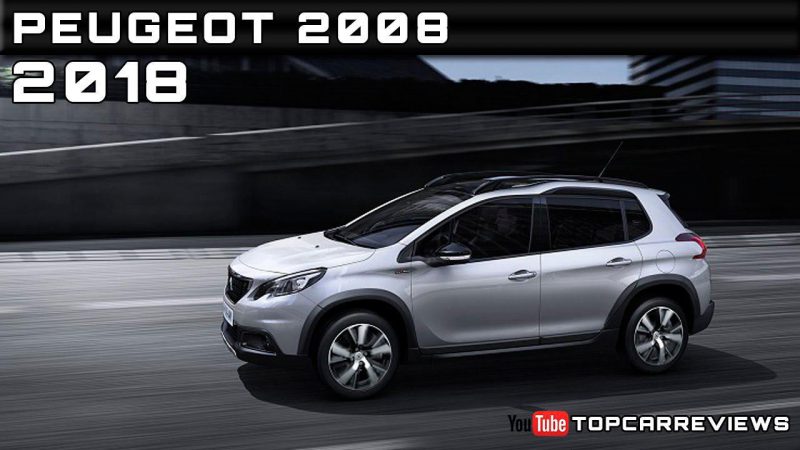Hyundai Starex Two.5GLS CRDi
If seven seats in a MPV are still not enough for you, Hyundai-Sime Darby (HSD) offers a MPV with four rows of seats to accommodate up to eleven persons. Known as the Hyundai Starex and imported as a downright built-up (CBU) model from Korea, the Starex (also known as ?H-1? or ?H-200? in some countries) is a full-sized multi-purpose vehicle which can be configured for various applications.?
HSD is importing a people-carrier variant which should challenge the Toyota Hiace, Nissan Urvan (14-seater) ?and also 7-seat MPVs like the Naza Ria, Toyota Innova, and Nissan Serena. The pricetag which starts at RM135,533 (including insurance) for the 7-seater may be higher than the locally-assembled models mentioned and it provides an alternative but it would certainly be something that those in the market for a Toyota Estima or Alphard might take a look at too.
At very first glance, the Starex looks a bit like the Alphard and has a more MPV look compared to the Hiace and Urvan which are primarily window vans. Some styling effort has obviously gone into it to give it appeal to those buying it for non-commercial purposes.
The Starex is longer and stronger (kerb weight: two thousand two hundred forty eight kgs) than a Nissan Urvan but it does have a modern turbodiesel which generates respectable figures. With commonrail fuel delivery and a variable geometry turbocharger, the output from the Two.5-litre engine is a massive three hundred ninety two Nm at inbetween two thousand and two thousand five hundred rpm and one hundred twenty five kW/170 bhp at three thousand eight hundred rpm.
Given the gross weight of three thousand one hundred eighty five kgs, there is a lot of flow on the vehicle and when powerful explosions are to be carried, rear-wheel drive is better because you have a sturdy axle at the rear to support the explosion. Power delivery is by a 5-speed automatic transmission with overdrive in top gear and a final drive ratio of Two.929. Like in many high-end passenger cars, there is also the option of manual shifting in a sequential pattern (meaning you can?t hop from five to three but must go through 1-2-3-4-5).
Two.5-litre diesel engine has variable geometry turbocharger and produces three hundred ninety two Nm of torque
Thick live axle under rear end provides good support for strong geysers
The Starex has a monocoque structure, like a passenger car?s, rather than a body-on-chassis like commercial vehicles. This offers advantages such as better treating because the figure has greater rigidity and a more convenient rail as well. To enhance assets stiffness, there are strong ?ring structures? at four positions along the length of the five thousand one hundred twenty five mm long bodyshell.
As the Starex is intended to be a people-carrier ? and many people at that ? attention has been given to passive safety provisions and the front occupants get airbags and lap belts are provided for the occupants in the other rows. It is hard to provide 3-point belts for everyone because there are not enough roof poles for the upper anchorage points and only a few manufacturers will design special seats with integrated upper anchorage points. In active safety, the Starex is also comparable to a passenger car with standard Six pack as well as front and rear disc brakes. Again, the brake system would have to be of a high standard to provide enough stopping power for such a mighty vehicle.
The coil spring suspension is straightforward with MacPherson struts in front and a very solid rear axle located by five links. As mentioned earlier, the live axle provides extra benefit of providing support for stronger explosions.
Moving inwards, the Trio.5-metre long cabin (and 1.6 metres broad with a ceiling height of 1.Three metres) has a very ?posh? appearance, even in the 11-seater version. Normally, 11-seaters are regarded as just people-carriers without much thought given to appearance but the Starex is an exception. Looking at the seat designs, it emerges that the configuration commenced off as 2-2-2-2 and to get three more people in, the gap inbetween the seats has a simpler seat design.
For the 7-seat layout, the fourth row is omitted which gives extra space for luggage. Then it is three rows with a 2-3-2 seating arrangement. HSD also has a more customized luxury version of the Starex which can serve as a mobile office with a meeting table, audio system and DVD ICE provided. The cost of this customization is RM37,355 which takes the price up to RM172,888. According to a HSD executive, the customer can specify what is required and there is some plasticity in options. Of course, this also means waiting a bit longer as customization is a one-off exercise.
If the number of large imported MPVs is any indicator, there is obviously good request for such vehicles and the Starex should find many customers. It?s a smart-looking MPV and has a decent equipment list so there?s no reason why it won?t do well. If the volume is high enough, then it could even be assembled locally and given that Sime Darby has been putting the Inokom badge on certain Hyundai models, it?s not out of the question that the Starex could also become an Inokom product later on.
Talk about the Starex in the MTM Forum
Written by protoadmin
Chips Yap has been reporting on the motor industry for forty years, covering a broad spectrum of topics from industry developments to fresh product evaluations. He specialised as a motoring journalist and began three motor magazines in Malaysia, as well as served in various roles for other publications and websites.
